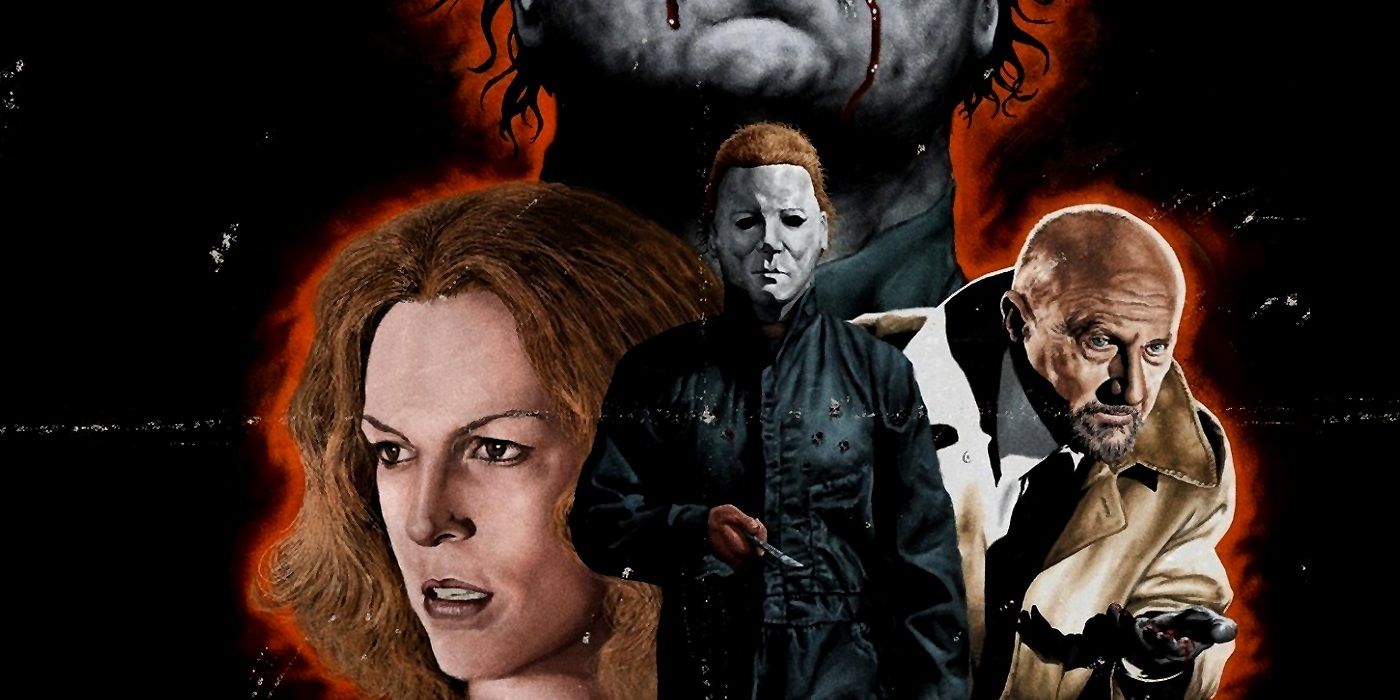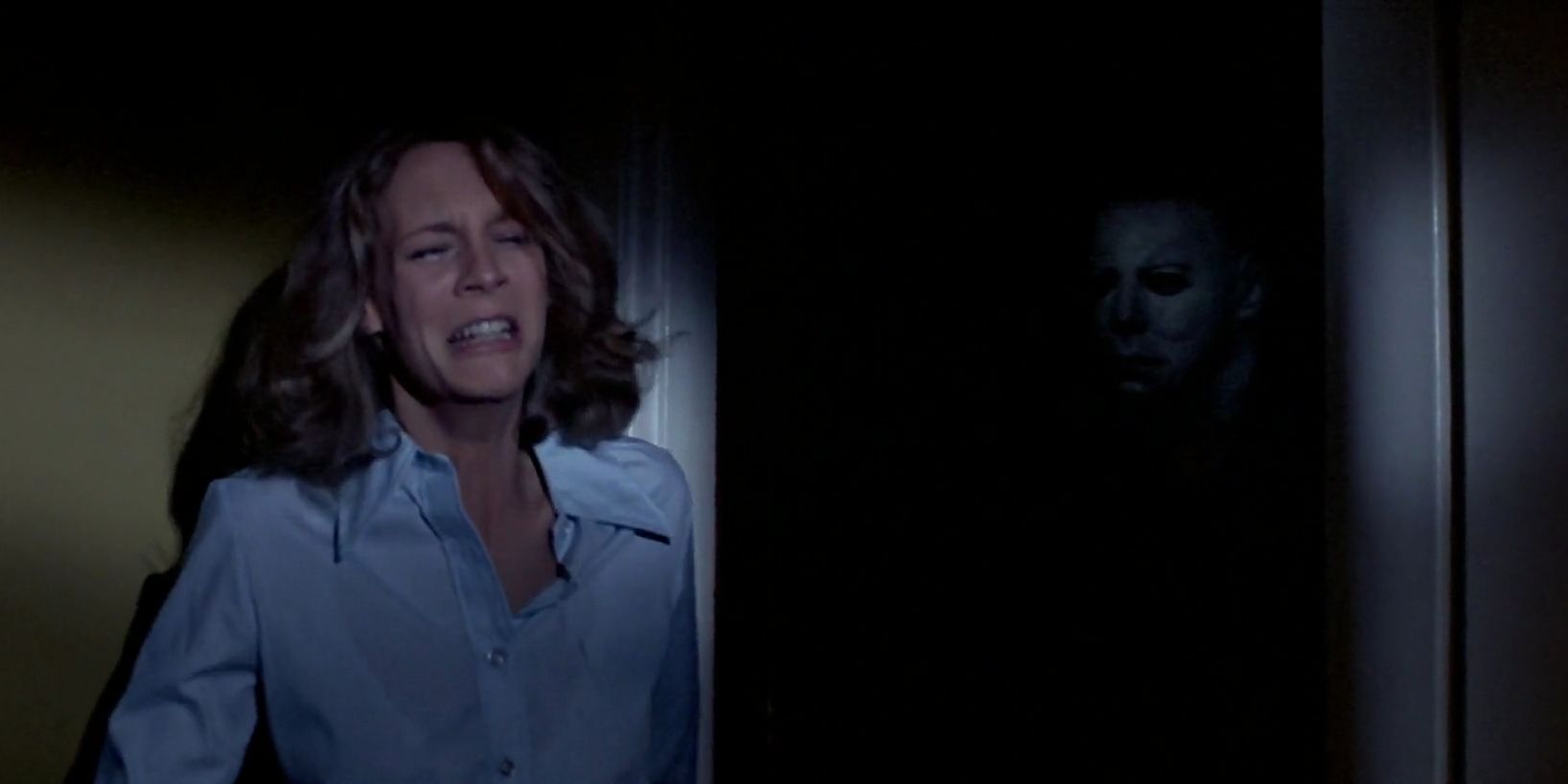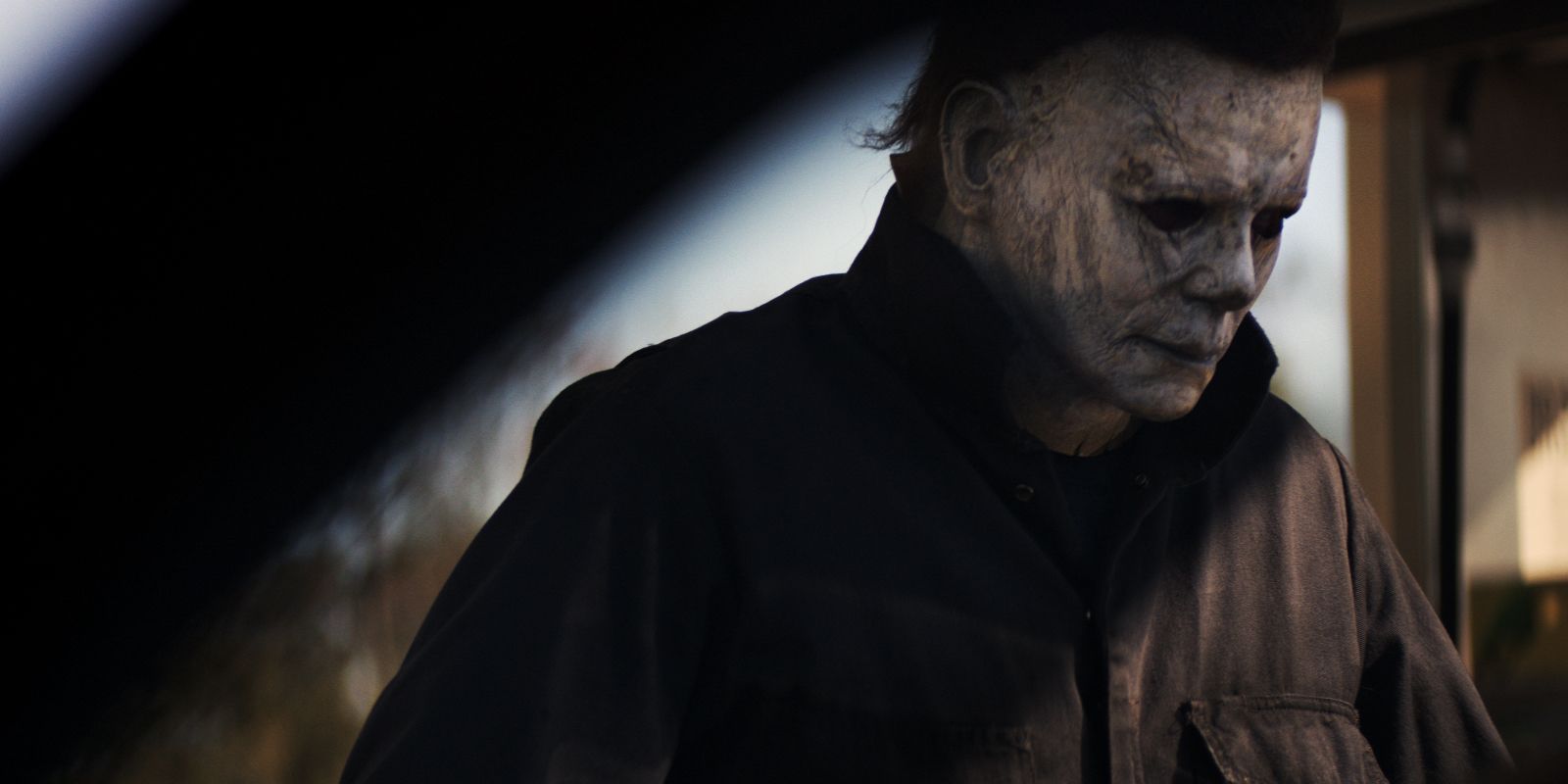Following the massive success of John Carpenter's Halloween, the studio wanted another film with the pale-faced killer, Michael Myers. A sequel was never something that Carpenter planned, as he wanted the series to act more like an anthology. But ultimately, he agreed to return as a producer on Halloween II. Later interviews revealed that Carpenter despised the film, calling it an "abomination." However, when looking at the movies together, it paints a unique picture of the slasher genre. It should never have continued past the sequel.
The original Halloween followed the horror icon Michael Myers following his escape from the mental hospital. He leads a rampage on Halloween night in Haddonfield, Illinois, and kills a small group of people. Laurie Strode (Jamie Lee Curtis) was nearly another victim until Michael's psychiatrist, Dr. Loomis (Donald Pleasance), shot him multiple times, sending him over a balcony. Though the gunshots and fall would kill any normal man, Michael escaped, waiting to strike again.
Halloween II was released three years later and picked up right where the 1978 film left off, with Laurie taken to a hospital for her injuries. Michael continued his rampage with a singular focus to kill Laurie, leading viewers to believe that this was because she was the sole survivor. As the film progressed, it became clear the sequel wasn't focusing on the same realistic fears of its predecessor. Instead of a killer terrorizing a small neighborhood, Halloween II focused more on the spectacle of a slasher loose in a hospital.
The sequel also expanded on the lore between Michael and Laurie in unexpected ways. The film's biggest reveal was that Michael was Laurie's sister, who was put up for adoption following their parent's death. Suddenly the aimless killings had more purpose and created a layer to Michael that hadn't been explored before. The revelation added another mystery to the character. Audiences wondered whether he'd planned this rampage for decades only to kill his sister or if it was just a terrible coincidence that brought them back together.
Michael's desire to kill his lineage was expanded upon in later sequels as having to do with a cult that celebrated the traditional Halloween name, Samhain. The concept was originally introduced in Halloween II, teasing the cause of Michael's relentlessness and ability to shrug off gunshots. While the later films embellished the supernatural side of the character to the point of absurdity, Halloween II left viewers with just enough information to maintain the mystery.
Halloween II isn't without its flaws, but when paired with the original, it becomes a unique evolution in horror that most slasher films can't replicate. The first film established a man who randomly killed people on a single night. His lack of empathy and brutality were his defining characteristics. Its sequel later built on this notion and explained that, while he lacked empathy, he didn't lack a motive. Suddenly Michael went from an opportunistic killer to an unstoppable force, trying to eliminate his sister. Even though more recent films have brought the character back to its roots, it's clear that this story should have ended after the sequel.



